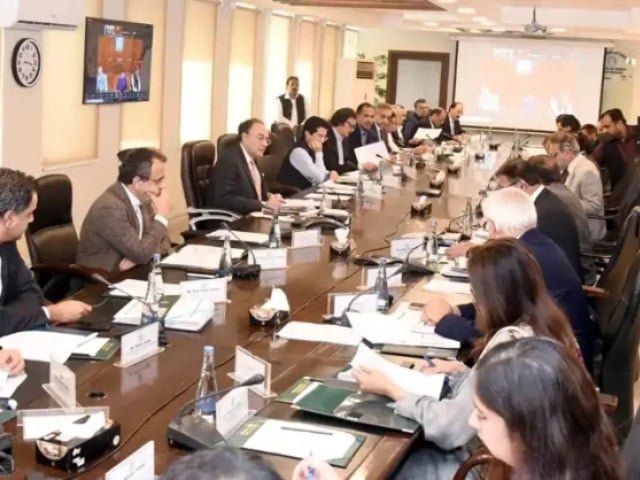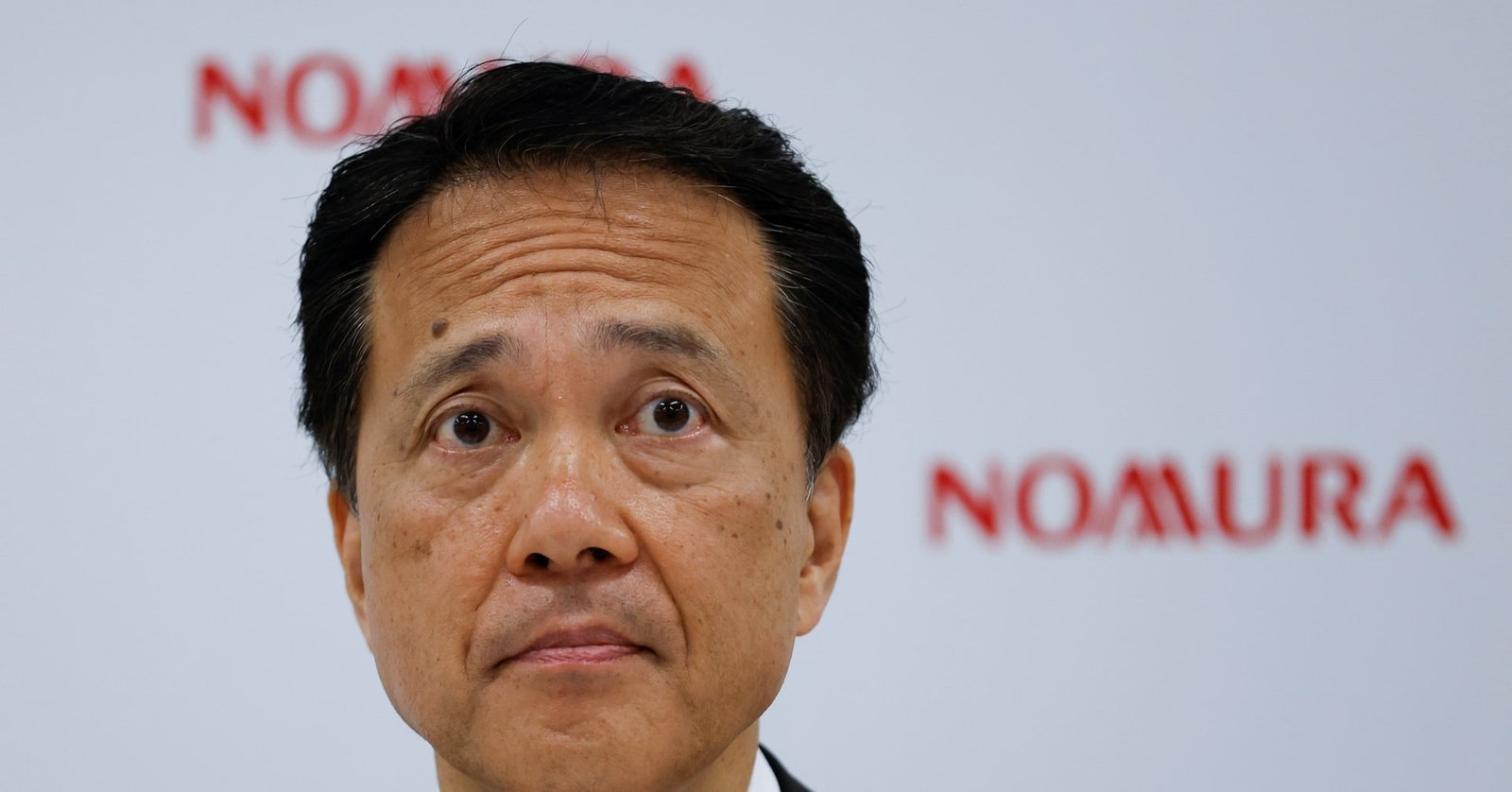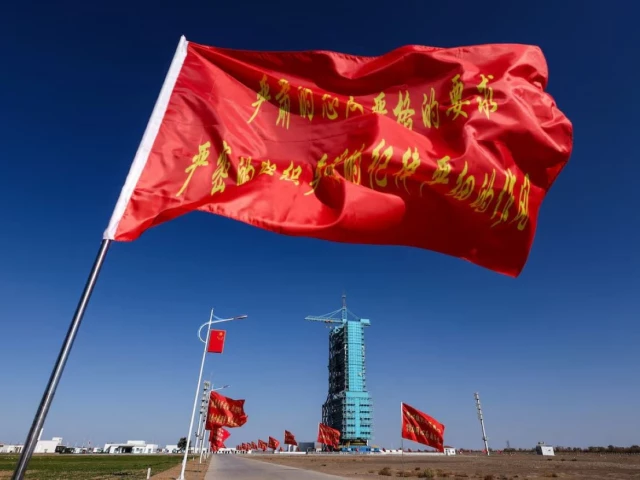Understanding Pakistan’s New Natural Gas Pricing Framework
In a significant move to align with the International Monetary Fund’s (IMF) structural benchmarks, Pakistan’s Economic Coordination Committee (ECC) has approved a new natural gas pricing framework. This update was announced on Friday, and it includes an average 10% tariff hike for bulk, industrial, and power sector users. However, there’s some good news for domestic consumers: the ECC has decided to keep gas prices unchanged for households. Instead, fixed charges in the domestic sector will see an upward revision to recover asset costs.
Chaired by Finance Minister Muhammad Aurangzeb, the ECC also greenlit a revised pricing structure that will come into effect on July 1, 2025. Under this framework, the government will need to notify revised consumer gas prices within 40 days based on determinations by the Oil and Gas Regulatory Authority (OGRA).
This new pricing mechanism aims to ensure cost recovery while also promoting regulatory compliance and meeting IMF commitments. Important steps include rationalizing captive power tariffs and targeting financial support for low-income consumers, replacing cross-subsidies that haven’t proven effective.
In addition to the gas pricing framework, the ECC has made some impactful decisions for agriculture too. They approved a risk coverage scheme for small farmers and underserved regions, set to be launched on August 14. This initiative is expected to bring 750,000 new borrowers into the formal financial sector, providing agricultural loans up to Rs750,000. Over the next three years, Rs300 billion in new agricultural lending is earmarked, alongside a need for Rs37.5 billion to cover risk and administrative costs for banks.
The ECC also allocated Rs15.839 billion to the Ministry of Defence to address shortfalls in employee and non-employee expenditures, which include dues under the Prime Minister’s package for the families of martyrs from recent conflicts. Additionally, there’s a proposal on the table to import sugar in order to stabilize domestic prices, highlighting ongoing efforts to balance economic pressures.
This blend of policy shifts aimed at different sectors underscores the government’s proactive approach to economic management. If you’re eager to stay updated on these developments or explore ways to navigate the changing economic landscape, let’s connect! Pro21st is here to provide insights and resources to support you in understanding these crucial changes.




